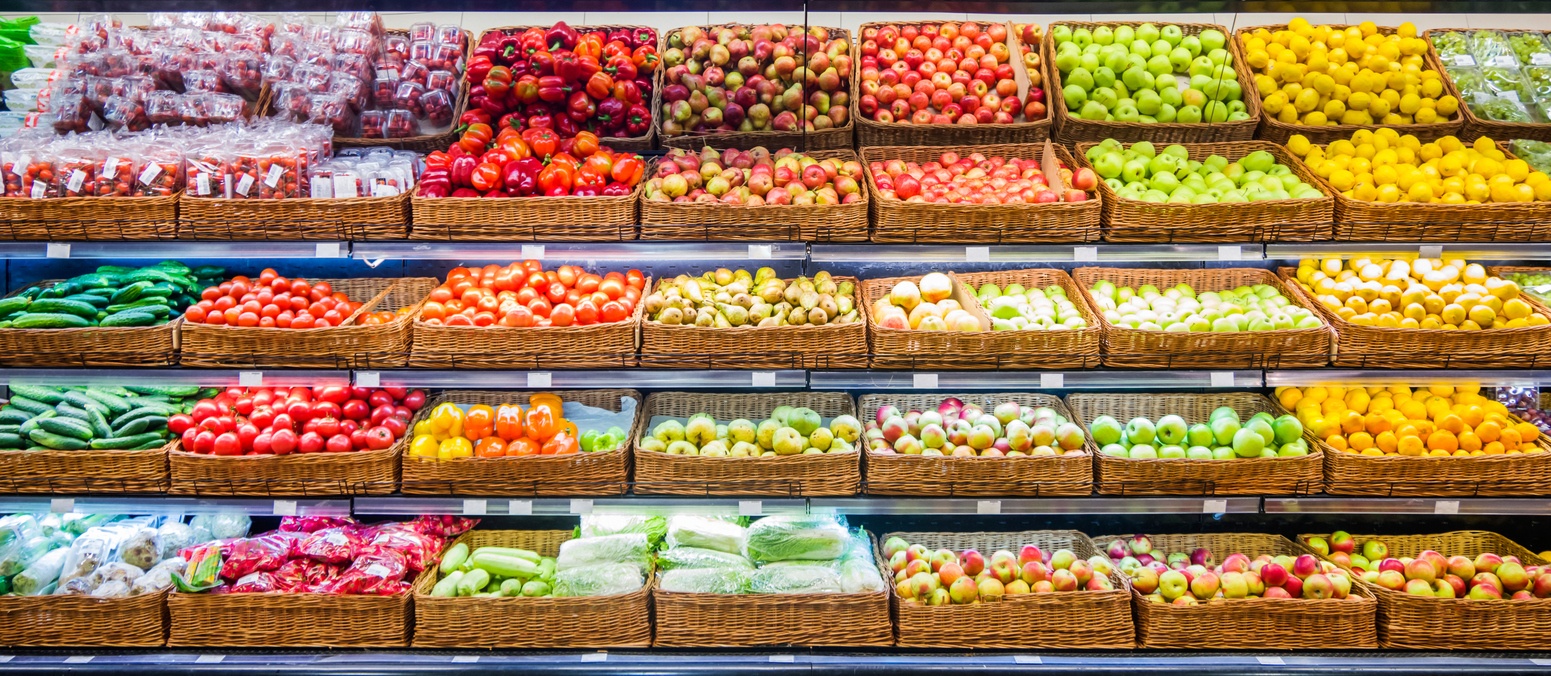The global population is estimated to grow to 9.8 billion by 2050, and 11.2 billion by 2100, from the current levels of 7.6 billion. The UN Department of Economic and Social Affairs does these projections to assist agencies working on issues of sustainable development throughout the world. Each estimated projection, as new data becomes available, moves the population bar higher. With specific goals for sustainable development throughout the world, issues such as health and education, poverty and hunger, equality, and opportunity are being addressed through various global and national agencies, as well as NGOs and small, community-based, non-profit agencies. Many working in the sustainable development field have come to a full-stop with these population numbers for food systmems. The question being asked now are how will we find enough food and water for everyone living on earth?

Recent reports by the United Nations reveal that the world’s population could reach 8.4 billion by 2030, 9.7 billion by 2050, and 10.4 billion by the 2080s. This exponential growth is expected to reach 11.2 billion people by 2100.
As governments work to mitigate the impacts of climate change and the subsequent increase in food insecurity caused by Covid-19, an unanswerable question is emerging; how can we get ready to feed 9.7 billion people by 2050?
Although the food cycle still falls short in satisfying human and natural needs, there are several reasons to remain optimistic about the future. Opportunities to revamp our food and farming infrastructure are increasing as new technologies become widely popular. Legislators, scientists, and business owners can capitalize on these opportunities if they:
- Uncover the benefits on health, nutrition, the environment, and economies that we ca reap from these technological advances.
- Identify the downsides, benefits, and knowledge gaps associated with these technological advances.
- Think about how polished and practical each technology is
- Pick out the ones with the most revolutionary potential.
Let’s talk more.
The Current Nature of Our Food System
Since the end of World War II, global food and agricultural output have expanded drastically due to population growth, economic development, technological advances, and cultural influence. The increasing global population, income, and urbanization trends have contributed to a rise in the demand for food, which has shifted people’s eating habits.
There is little doubt that the Green Revolution significantly impacted the dominant beliefs and practices now used in agriculture around the world. More food is produced today than in the 1950s, as global yields continuously heightened.
Despite the Green Revolutions’ widespread successes in preventing catastrophic food shortages following World War II, many people still criticize its associated intensification practices. Some people believe that they contributed to environmental ruin, unsustainably high resource consumption, and ingrained reliance on non-renewable resources like fossil fuels.
Intensive practices dominate the current food system. A handful of production, processing and retail players control most of the system and significantly sway policy decisions. For more powerful countries, taking advantage of trade agreement loopholes means providing an unfair competitive advantage over less developed countries. This often breeds dependency and threatens domestic food security.
Meeting the Needs of the Growing Population without Negatively Impacting their Health or the Environment
According to WHO, the proportion of the overweight population currently exceeds the number of malnourished people, and land resources are increasingly being used for other purposes; not for food production. These system shortcomings must be met so we can reorient the food system to fully satisfy the needs of people without infringing on key constraints such as their health.
Moving toward a resilient and sustainable food system requires great research. We must consider the impacts it would have to the current food system, and avoid severe and irreversible impacts at all costs. It’s important we consider preserving global biodiversity, reducing the effects of climate change, managing soil conservation, preserving culture, and protecting human health. If we don’t address and work to modify the core root factors that lead to food shortages, we might face continued negative impacts.

Opportunity in Emerging Technology
The new wave of cutting-edge technologies has enabled us to vastly enhance our food production practices, boost access to health facilities, produce high-quality food, and eliminate food waste in the twenty-first century.
The availability of data fuels the rise of precision technologies that are transforming the agricultural sector. For example, satellites survey and manage crops from space, while robotics and computer vision eradicate weeds from the ground. These innovations allow farmers to use less harmful pesticides, boost soil health, and increase the nutritional value of their produce.
Our food system will undergo dramatic shifts due to biotech developments like new gene editing techniques. This paves way for improved food production quality that is more nutritious and withstanding to harsher growth conditions. Moreover, unlike genetically modified organisms (GMOs), recent gene editing techniques are based on a process that can occur in nature, offering numerous benefits to producers and consumers. For instance, the world’s supply of chocolate would benefit from safeguarding cacao trees from harmful viruses.
Other novel technologies, such as plastic-free and smart packaging, strive to protect the environment and enhance people’s health. This type of packaging is also called biodegradable packaging. It’s made from polymers that microorganisms or bacteria can break down. Thus, consumers who opt not to eat edible packaging will not negatively impact the environment by dumping them because they’ll decompose over time.
Due to their low cost and widespread availability, plastics have been utilized in food packaging across the globe for many decades. In light of recent successes in the fight against climate change, consumers are looking to producers to implement environmentally friendly innovations.
New, innovative approaches to feeding the world have also been developed. For example, food is now being grown in computer-controlled vertical farms. Meat is grown in labs, and eggs are hatched without using chickens. These innovations suggest a deep desire amoungst innovators to improve how we feed the world by giving people more choices and making it less necessary to raise animals for food.
Thus, these and other alternatives entering the market will keep improving, and eventually, they’ll be suited to everyone’s unique tastes and preferences.
Progressing With a Purpose
The decisions that governments make now will be very crucial in the future. Investments in basic science and research and development need to be made to help innovators. New infrastructures must be built to make it possible to scale up new ideas. All over the world, agricultural sectors will need to find new ways to make changes and create new opportunities for farmers at the center of the agenda for change.
Because of the universal nature of technological change, discussions regarding the future of food should be at the forefront of our political discourse. Politicians can sit back and do nothing while this change occurs, or they can take charge and use it to benefit society. If used rightly, the technological revolution can aid in global food production.






